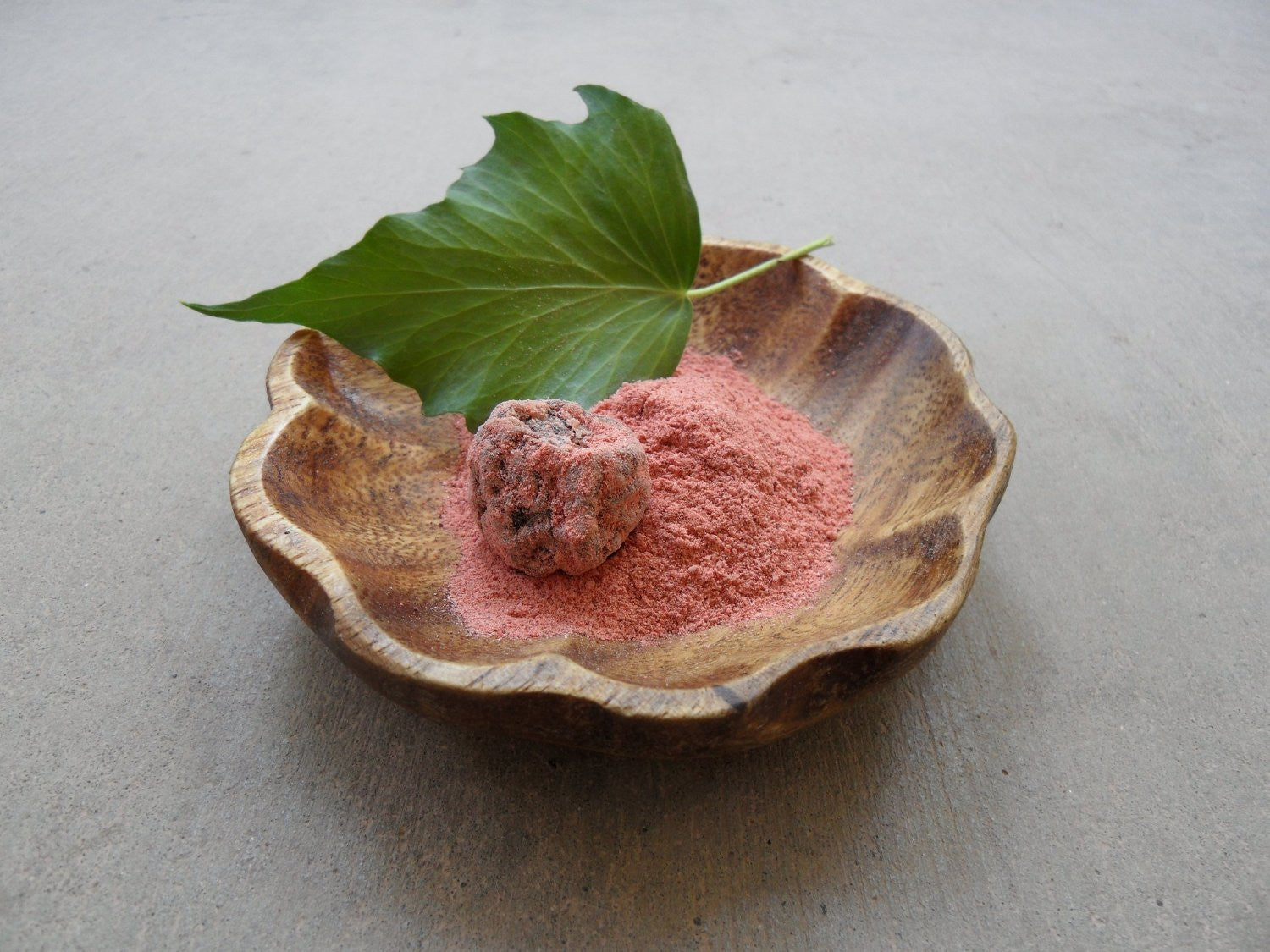Traditional Uses of Mimosa Hostilis Root Bark Powder Revealed
Mimosa hostilis root bark powder, derived from the roots of the Mimosa hostilis tree native to parts of Central and South America, has been utilized for centuries in various traditional practices. This powder is known for its deep cultural significance and its wide array of applications. Historically, the bark has been prized for its powerful medicinal, spiritual, and practical uses. It has been a key element in rituals and healing practices, reflecting the indigenous knowledge passed down through generations. In many indigenous communities, Mimosa hostilis root bark was primarily used as a medicinal remedy. Its potent alkaloids, including DMT dimethyltryptamine, contributed to its use in spiritual ceremonies and healing rituals. The powder was often prepared as an infusion, paste, or poultice, and was applied to treat a variety of ailments. The root bark was regarded as a natural solution for cleansing the body, improving skin conditions, and promoting overall health.

The spiritual significance of Mimosa hostilis root bark cannot be overstated. In many cultures, the powder was used as part of shamanic practices, often in the form of a brew or tea. It was consumed to induce altered states of consciousness, allowing individuals to connect with the spiritual world. Shamans and spiritual leaders used the powder to access visions, gain insight, and facilitate communication with the divine. The powerful psychoactive properties of the bark were believed to help individuals in their personal journeys of self-discovery and enlightenment, offering profound experiences that transcended ordinary reality. Apart from its medicinal and spiritual uses, Mimosa hostilis root bark powder was also employed in various practical ways. The natural fibers of the bark were traditionally used to create textiles, ropes, and other everyday items. In the form of powder, it could be combined with other materials to produce pigments for dyeing clothes and crafts.
The resilience and versatility of the plant made it an essential resource in various cultural practices, reflecting the deep connection between the indigenous peoples and their environment. In recent years, there has been growing interest in the potential health benefits of MHRB powder in contemporary wellness practices. While much of its use is rooted in ancient traditions, modern research has started to explore the active compounds within the bark for their potential therapeutic properties. The presence of antioxidants and anti-inflammatory compounds in the powder has attracted attention for its potential to support skin health, fight oxidative stress, and reduce inflammation. In addition to its therapeutic and ceremonial uses, Mimosa hostilis root bark has gained popularity as an ingredient in natural beauty products. Due to its rich content of tannins, flavonoids, and other bioactive compounds, the powder has found its way into skincare and haircare routines.
